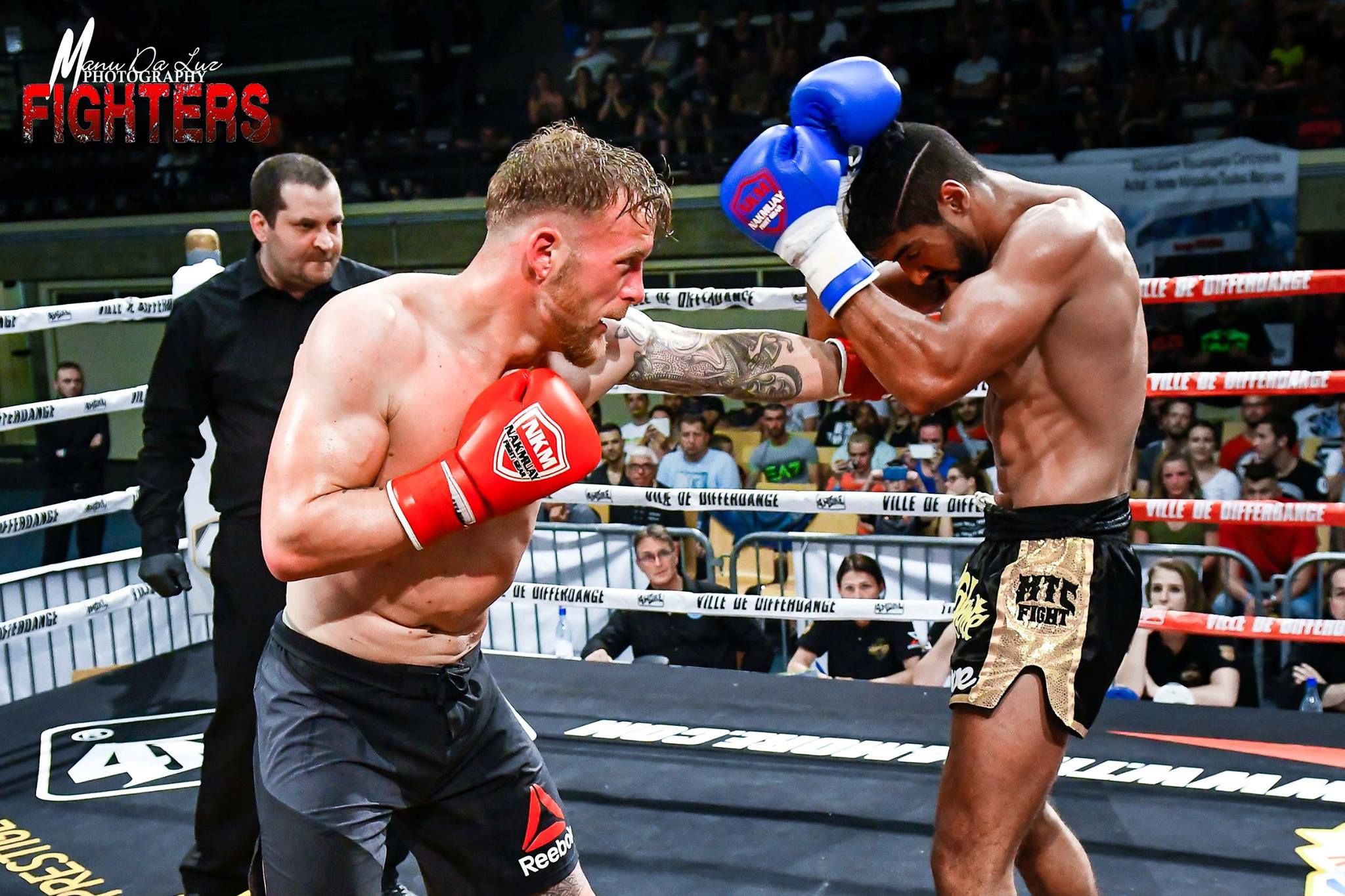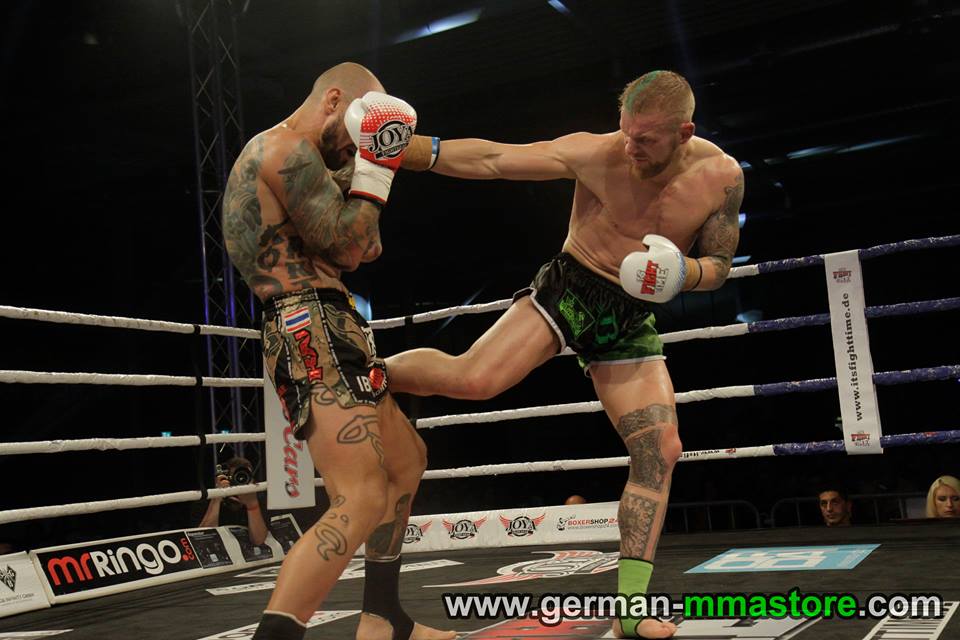Have you found a new hobby in boxing, kickboxing or Thai boxing and are wondering what size boxing gloves you need? Then I have the answer for you. Read my summary below and gain expert knowledge in no time.
First of all, there are no sizes or fits for different hand sizes. Boxing gloves are measured in ounces (oz), which is a unit of weight; 1 ounce is approximately 28.35 grams. It describes the thickness of the padding in the boxing glove, i.e. the weight, rather than the hand size. More specifically, it refers to the padding between the fist and the leather cover. So if a boxing glove has thicker padding, it is not only heavier but also protects the hand and, more importantly, the person on the outside in the event of sparring or competition. Note: A new pair of boxing gloves will be very tight at first, but the shape of your hand will automatically adjust.
You should ask yourself what you need your boxing gloves for within this sport. For competition, for equipment training (sandbag, pads), for Training with a training partner which includes Sparring (training match) or a Allrounder for everything?
Competition: In order to ensure equal conditions, each competition is held in 10oz boxing gloves contested, unless separate rules of the relevant association apply. At well-organised events, competition gloves are provided by the organiser and you do not need to worry about finding suitable gloves. To further optimise equal opportunities, these are then sourced from the same manufacturer. It is best to clarify this with your coach or the organiser well in advance.
Fun Fact: In earlier times, boxing matches were even held in 8 oz gloves, until it was agreed to use 10 oz gloves in order to reduce the rate of early knockouts and offer spectators longer, yet still spectacular fights.
Sandbag & pad work training: So-called equipment gloves are used for sandbag and pad work. Equipment gloves are usually around 6-8 or less ounces and are sold separately by suppliers. These are designed to expose the fist to higher levels of stress. Since punches to the pad and sandbag are more predictable and controlled, thinner gloves can be used to train the resilience, stability and strength of the fist. However, in order not to lose the feel for the right boxing glove, you can also use 10oz the equipment training should be carried out. It is not recommended to use the same gloves on the sandbag and on your partner. Since boxing gloves are subjected to greater wear and tear and become softened during pad or sandbag training, they can increase the risk of injury to your partner.
Important: Unlike in competition, I don't want to expose my training or sparring partners to serious injury. It is therefore advisable not to use gloves from regular sandbag training sessions for sparring.
Training with a partner and sparring: When practising selected combinations of strikes with and against training partners, as well as during sparring, where reactions and reflexes are tested for speed, I try to keep the risk of injury as low as possible. Training is a planned, targeted process to improve physical and motor skills, not to exhaust yourself and feel worse at the end of the session than you did before training. Therefore, in addition to controlled exertion, the risk of injury is reduced by choosing the right boxing gloves that are less stressful on the hands.
To further reduce the risk of injury, I use 14 - 16oz. As mentioned above, the padding of the boxing glove is thicker here, thus reducing the risk of injury.
On-Top: Since the gloves are heavier, it requires more effort to throw punches, strike and defend, which in turn should make it easier to achieve the desired level of fitness for competitions with only 10 oz gloves.
Allrounder: Have you just started at a gym of your choice, are you still unsure whether and in what form you want to take up the sport, or are you short of cash and don't have the necessary funds for a second pair? For beginners, 12oz ideally suited, so you can work comfortably on the sandbag, the pad and also in partner exercises. When starting out, great care is generally required in sparring, and this applies to all types and sizes of boxing gloves. It is important to mention again that worn-out gloves can injure your partner, so make sure you have your boxing gloves checked regularly by your trainer if necessary.
Conclution: If you generally dislike competition and sparring, want to avoid contact with training partners, and prefer punching bag and pad training, e.g. in private sessions, I recommend Equipment gloves orr 10oz boxing gloves.If you are a beginner and/or don't want to go all out, then you are in good hands with 12oz Never out of place. If you need boxing gloves for group training with regular sparring and partner exercises, I recommend two pairs, one pair Equipment gloves or 10oz boxing gloves. and the second pair for sparring and partner work with 14-16oz.
Good luck choosing your boxing gloves and, above all, good luck with your sport.
Did you like this post? Let me know your decision..


